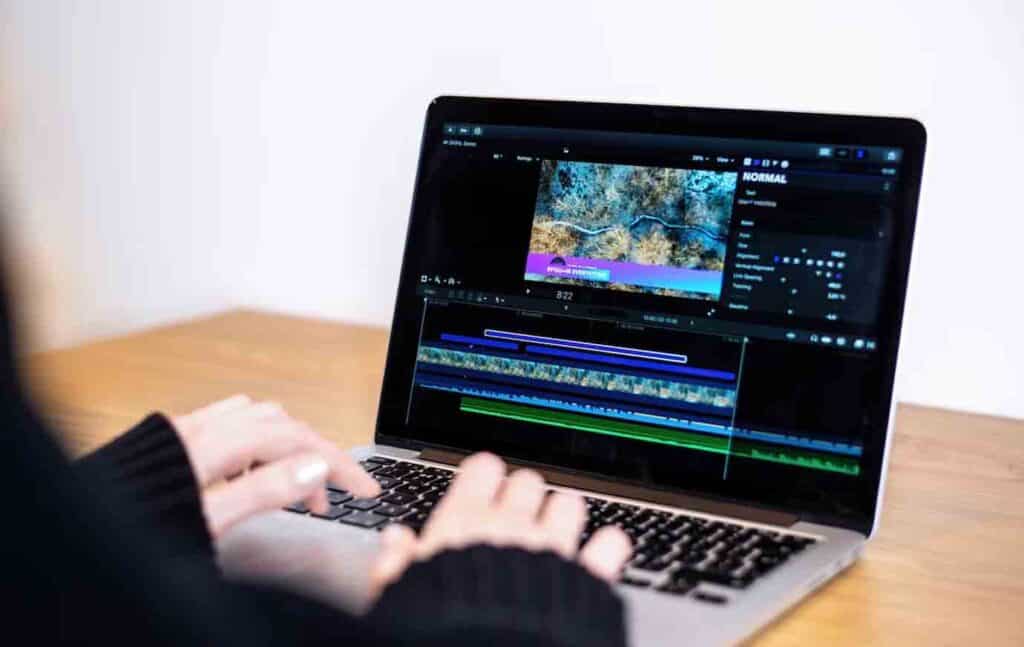
In the rapidly evolving world of technology, Virtual Reality (VR) has become a buzzword, revolutionizing various industries from gaming and entertainment to education and real estate. Among the many components of VR, 360-degree video, often referred to as 360 video tours, stands out as a particularly immersive and captivating form of content. This article delves into the intricacies of VR 360 video, exploring what it is, how it works, its applications, and its future potential.
Understanding VR 360 Video
At its core, VR 360 video is a form of video content that allows viewers to explore a scene in a full 360-degree view. Unlike traditional videos, where the perspective is fixed, VR 360 videos let users look in any direction, providing an immersive experience that simulates being present in the actual environment. This is achieved through the use of specialized cameras that capture footage in all directions simultaneously.
How VR 360 Video Works

- Capturing Footage: Specialized 360-degree cameras or rigs equipped with multiple lenses are used to record video in all directions. Each lens captures a different portion of the scene, which is then stitched together to create a seamless spherical video.
- Stitching: The individual video streams from each lens are combined using software to form a single, continuous 360-degree video. This process, known as stitching, ensures that the transitions between different camera angles are smooth and undetectable.
- Editing: Once the video is stitched, it can be edited like any other video. However, special consideration must be given to the 360-degree format to ensure that the immersive experience is maintained. This includes careful placement of visual and audio cues to guide the viewer’s attention.
- Playback: To view VR 360 videos, users need compatible devices such as VR headsets, smartphones with VR capabilities, or 360-degree video players. These devices allow users to explore the video by moving their head or using touch controls, creating an interactive viewing experience.
Applications of VR 360 Video
VR 360 video has a wide range of applications across various industries:
- Entertainment: One of the most popular uses of VR 360 video is in the entertainment industry. From immersive movies and music videos to virtual concerts and live events, VR 360 video provides audiences with a unique, engaging experience.
- Education: VR 360 video is transforming education by providing students with immersive learning experiences. Virtual field trips, interactive lessons, and 3D simulations allow students to explore subjects in a way that traditional methods cannot match.
- Real Estate: The real estate industry has embraced VR 360 video to offer virtual property tours. Prospective buyers can explore homes and commercial properties from the comfort of their own homes, saving time and enhancing the decision-making process.
- Travel and Tourism: VR 360 video allows people to explore travel destinations virtually before they visit. This technology is used by tourism boards and travel companies to showcase destinations, giving potential travelers a taste of what to expect.
- Healthcare: In healthcare, VR 360 video is used for training and simulation purposes. Medical professionals can practice procedures and explore complex anatomy in a virtual environment, improving their skills and knowledge.
- Marketing and Advertising: Brands are leveraging VR 360 video to create immersive marketing campaigns. This innovative approach engages consumers in a memorable way, making them feel more connected to the brand.
The Future of VR 360 Video

The future of VR 360 video looks promising, with continuous advancements in technology and increasing adoption across various sectors. Several trends and developments are shaping the future of this immersive medium:
- Improved Accessibility: As VR technology becomes more affordable and accessible, the adoption of VR 360 video is expected to grow. More consumers will have access to VR headsets and compatible devices, driving demand for 360-degree content.
- Enhanced Quality: Advances in camera technology and video resolution are leading to higher-quality VR 360 videos. This includes improvements in 8K and 12K resolution, which provide sharper, more detailed visuals, enhancing the overall experience.
- Interactive Features: Future VR 360 videos are likely to incorporate more interactive elements, allowing viewers to interact with the content in new ways. This could include clickable hotspots, branching storylines, and real-time decision-making.
- Integration with Augmented Reality (AR): The convergence of VR and AR technologies is set to create even more immersive experiences. This integration could enable users to interact with both virtual and real-world elements simultaneously, opening up new possibilities for content creation and consumption.
- Broader Industry Adoption: As more industries recognize the potential of VR 360 video, its applications will continue to expand. Sectors such as retail, sports, and remote collaboration are expected to explore the benefits of this technology, driving further innovation.
Challenges and Considerations
Despite its many advantages, VR 360 video also presents certain challenges and considerations:
- Production Complexity: Creating high-quality VR 360 videos requires specialized equipment and expertise. The process of capturing, stitching, and editing 360-degree footage can be complex and time-consuming.
- User Comfort: Extended viewing of VR 360 videos can cause discomfort or motion sickness for some users. Content creators must design experiences that minimize these effects, ensuring a comfortable viewing experience.
- Bandwidth and Storage: VR 360 videos, especially those in high resolution, require significant bandwidth and storage space. This can pose challenges for streaming and downloading, particularly in regions with limited internet infrastructure.
- Content Discoverability: With the growing volume of VR 360 content, ensuring that videos are easily discoverable by users can be challenging. Effective indexing, tagging, and search functionalities are essential to help users find relevant content.
Conclusion
VR 360 video represents a groundbreaking advancement in the world of digital media, offering unparalleled immersive experiences. From entertainment and education to real estate and healthcare, virtual showrooms, its applications are vast and varied. As technology continues to evolve, VR 360 video will undoubtedly play a crucial role in shaping the future of content consumption and interaction. Embracing this innovative medium opens up new possibilities for creators and consumers alike, paving the way for a more engaging and immersive digital future.
Explore the incredible world of VR 360 videos and revolutionize your content.
Engage your audience with immersive experiences that leave a lasting impression. Contact us today to learn how our cutting-edge VR solutions can elevate your brand. Reach out now to start your journey into virtual reality!




